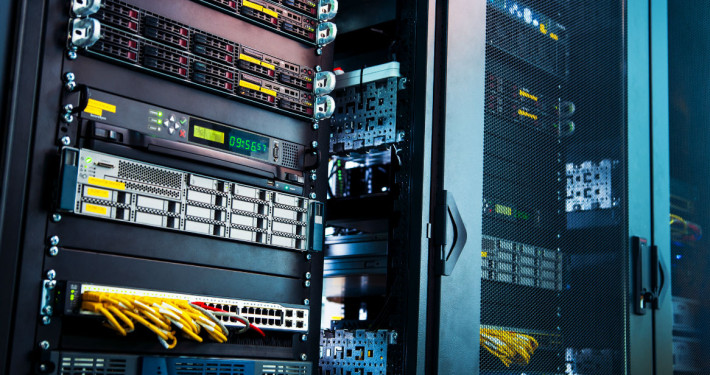Virtualization
Combine 20 or more servers into one. Less hardware means less power consumption. One of the main reasons many top enterprises have been able to cut their power costs.
Single-instance server environments have embarrassingly low utilization rates. A 10 percent rate is considered nominal even under heavy workloads, which means 90 percent of your hardware investment sits idle most of the time. Virtualization allows you to use more of what you already have, pushing capital expenditures further into the future.
As you no doubt already know, the traditional and most compelling reason for implementing server-side virtualization is to make more efficient use of computing resources with regards to processor cycles and RAM. Beyond savings in energy and cooling costs, small and mid-sized businesses can cut their capital expenses as fewer physical servers are purchased to replace a larger number of ageing machines as they are decommissioned.
Disaster recovery (or DR) revolves around being able to reinstate things to a state of normalcy after a disaster. As you can imagine, backing up a fully virtualized infrastructure by making copies of VM files images is a far easier process than trying to do the same with disparate hardware servers.

